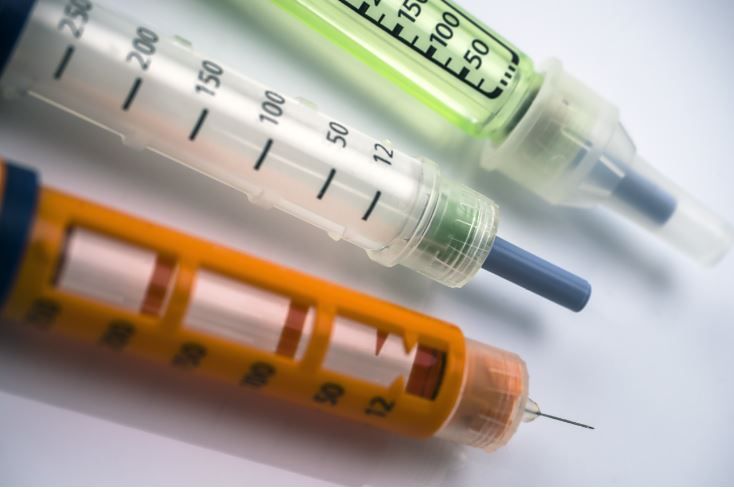- Clinical Technology
- Adult Immunization
- Hepatology
- Pediatric Immunization
- Screening
- Psychiatry
- Allergy
- Women's Health
- Cardiology
- Pediatrics
- Dermatology
- Endocrinology
- Pain Management
- Gastroenterology
- Infectious Disease
- Obesity Medicine
- Rheumatology
- Nephrology
- Neurology
- Pulmonology
Insulin Rationing Common Among Adults with Diabetes, Likely to Avoid High Cost

Insulin rationing is common among US adults with diabetes, particularly among younger adults and uninsured persons, according to a new analysis of national health data published in Annals of Internal Medicine.
Investigators found that 16.5% of all adults who use insulin skipped doses in the past 12 months, and the most common form of rationing was delaying purchase.
“Insulin is life saving for many patients with diabetes, but high prices and inadequate insurance coverage may impede access to it,” wrote researchers from Harvard Medical School and Hunter College. They cite previous research that suggests nonadherence with insulin related to its cost may be common, but they add that there is little reliable national data to support the suggestion.
To determine the prevalence and correlates of insulin rationing in the US, the team used data from the 2021 National Health Interview Survey, conducted by the Centers for Disease Control and Prevention. In 2021, the NHIS asked adult insulin users whether, in the past year, they “skipped insulin doses,” “took less insulin than needed,” or “delayed buying insulin” to save money. Any positive response was considered “rationing” in the current analysis.
Researchers assessed the responses of 982 adults who used insulin to serve as a representative sample of 1.4 million adults with type 1 diabetes (T1D), 5.8 million with type 2 diabetes (T2D), and 0.4 million with other or unknown diabetes type.
Investigators found that 16.5% of insulin users rationed insulin in the past year, or 1.3 million adults with diabetes nationwide. Among all insulin users, delaying purchase was the most common form of rationing (14.2%).
Among respondents with T1D, taking less insulin than needed was the most common type of rationing (16.5%) and was more common than that type of rationing among persons with T2D (9.5%). The team added that participants who rationed insulin reported feeling overwhelmed by the demands of living with diabetes.
Rationing varied among subgroups
Results showed that rates of insulin rationing were highest among uninsured persons (29.2%) and those with private insurance (18.8%), but lowest among those insured through Medicaid (11.6%).
Among adults aged ≥65 years, 11.2% rationed insulin compared with 20.4% of respondents aged ≤65 years. In terms of income level, insulin rationing was most common among middle-income adults (19.8%), followed by low-income (14.6%) and high-income (10.8%) persons. Approximately 23% of non-Hispanic Black adults reported rationing insulin in the past year compared with 16.0% of White and Hispanic persons.
High insulin prices likely a factor
“Several factors likely underlie our findings,” wrote authors led by Adam Gaffney, MD, MPH, of the Department of Medicine at Harvard Medical School. These include insulin prices being far higher in the US than in other countries and pharmaceutical firms raising insulin prices every year, even for products that have not changed.
“By limiting insulin copays to $35 per month under Medicare, the 2022 Inflation Reduction Act may improve insulin access for seniors, who experienced substantial rationing in our study,” concluded Gaffney et al. “However, a similar cap for the privately insured was removed from the bill, and copay caps do not aid the uninsured. Further reform could improve access to insulin for all Americans.”
Limitations to the study included self-reporting of outcomes and diagnoses among participants and the lack of data on the consequences of insulin rationing—such as organ damage or hospitalizations for ketoacidosis—an important area for future research, wrote Gaffney and colleagues.
Reference: Gaffney A, Himmelstein DU, Woolhandler S. Prevalence and correlates of patient rationing of insulin in the United States: A national survey.Ann Intern Med. Published online October 18, 2022. doi:10.7326/M22-2477.
